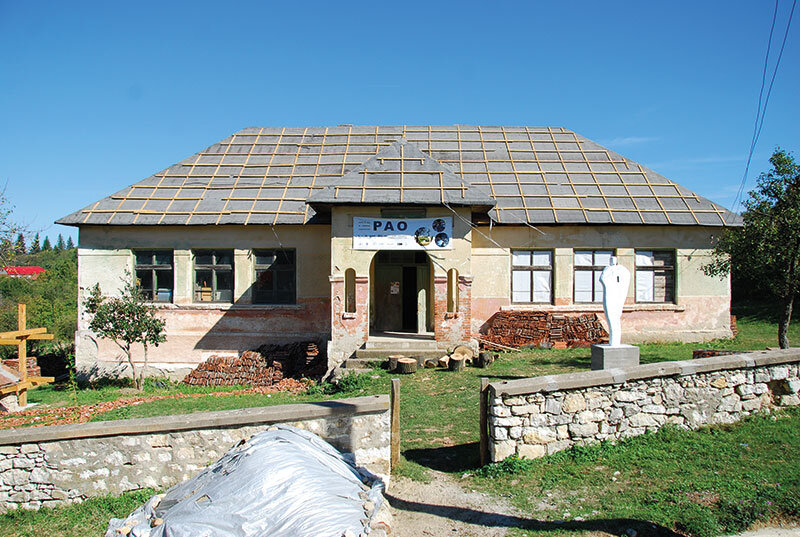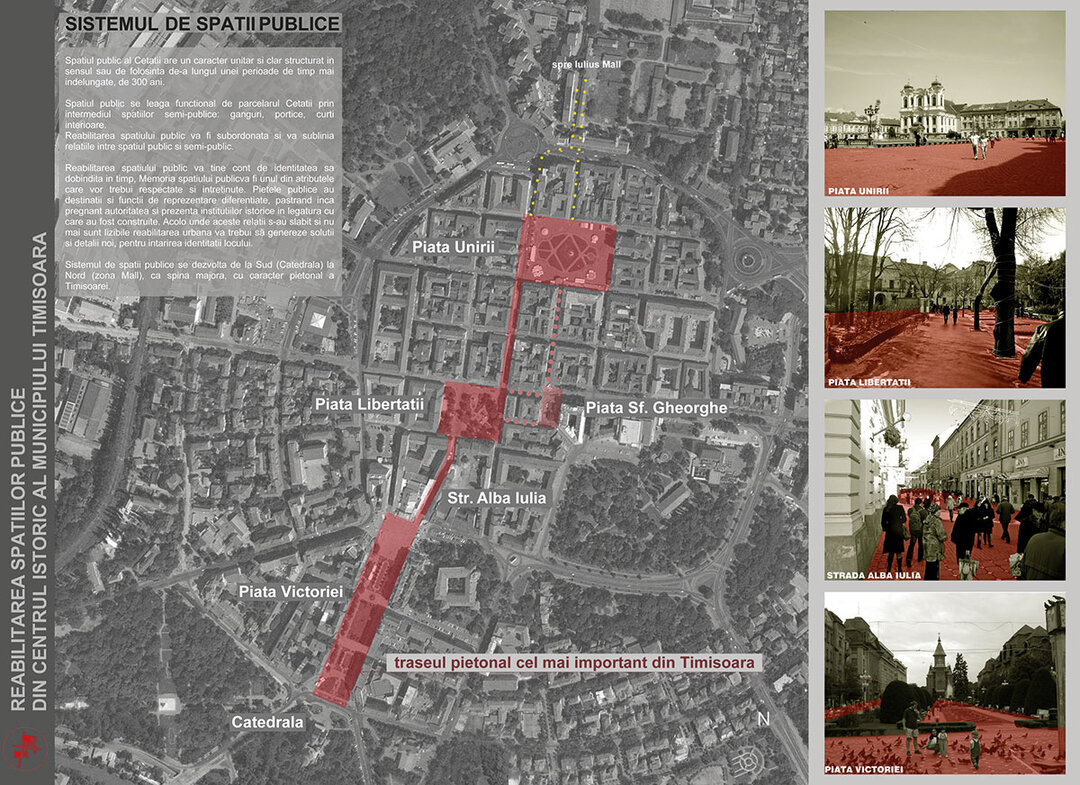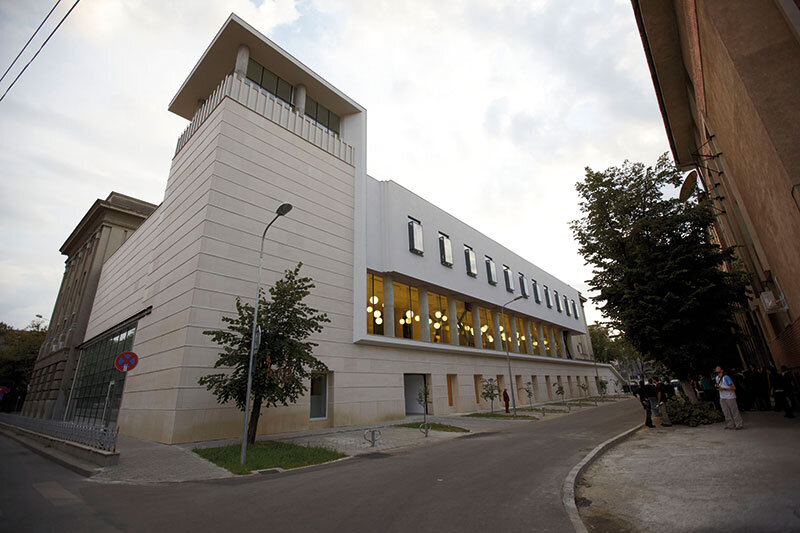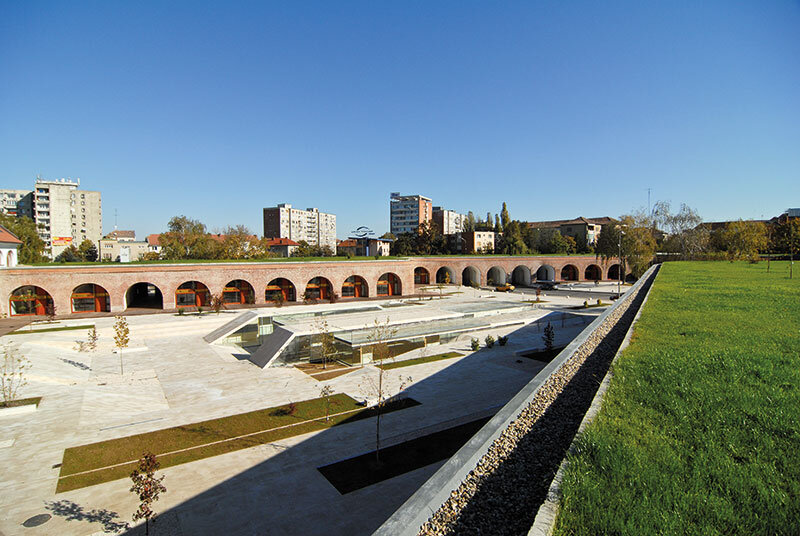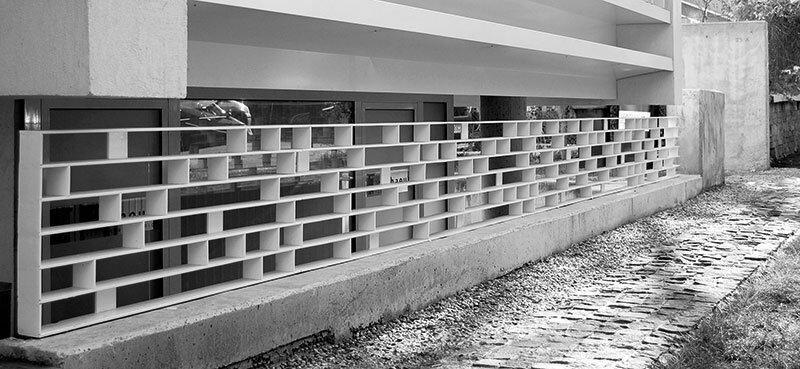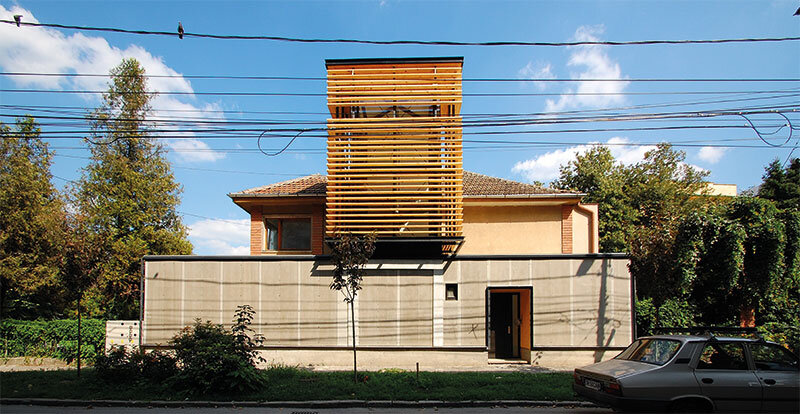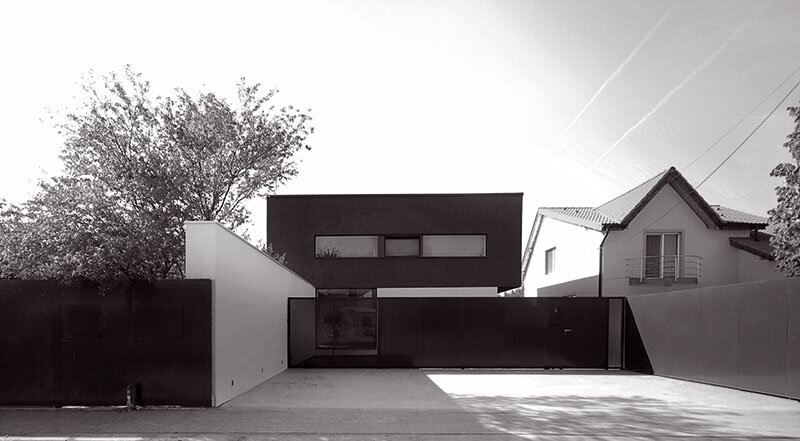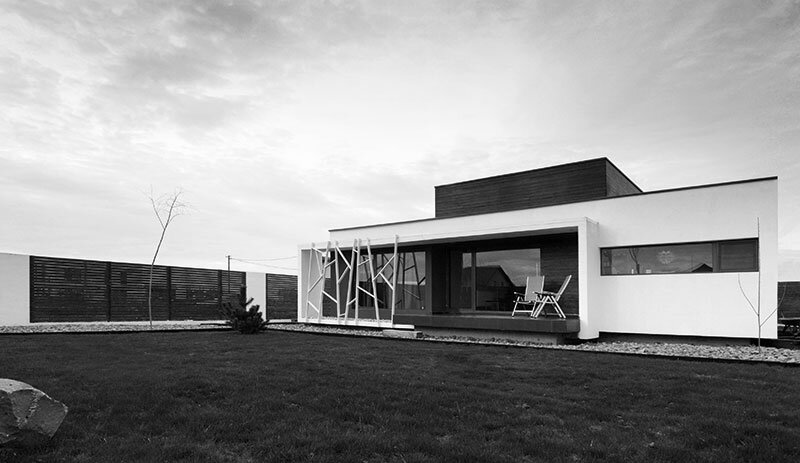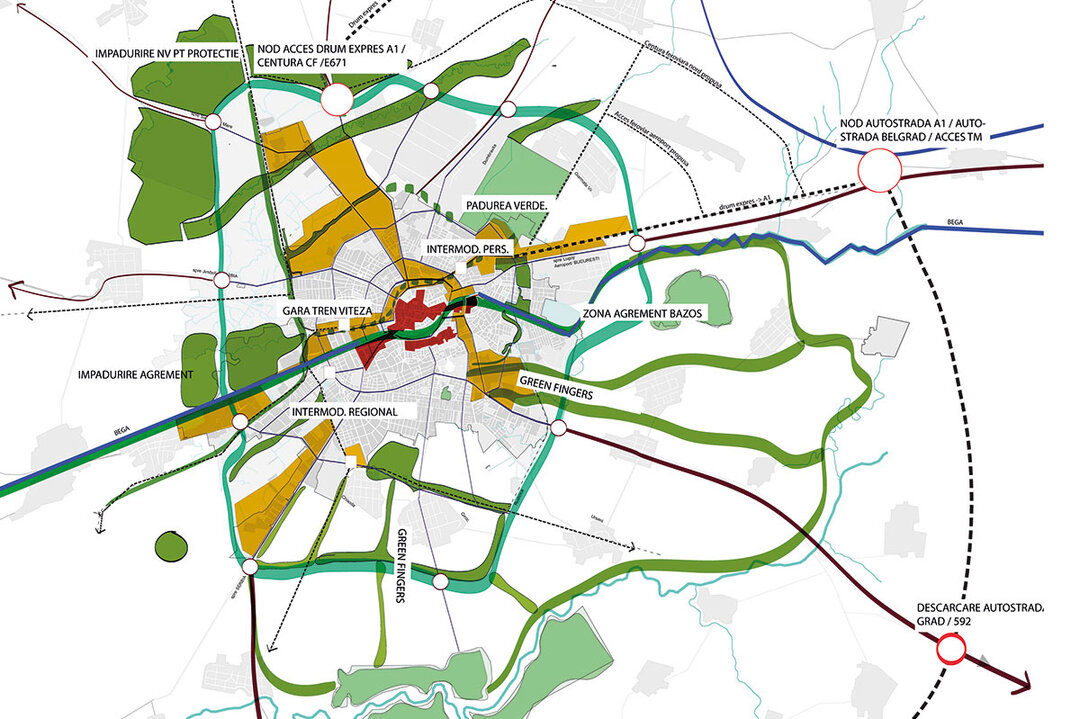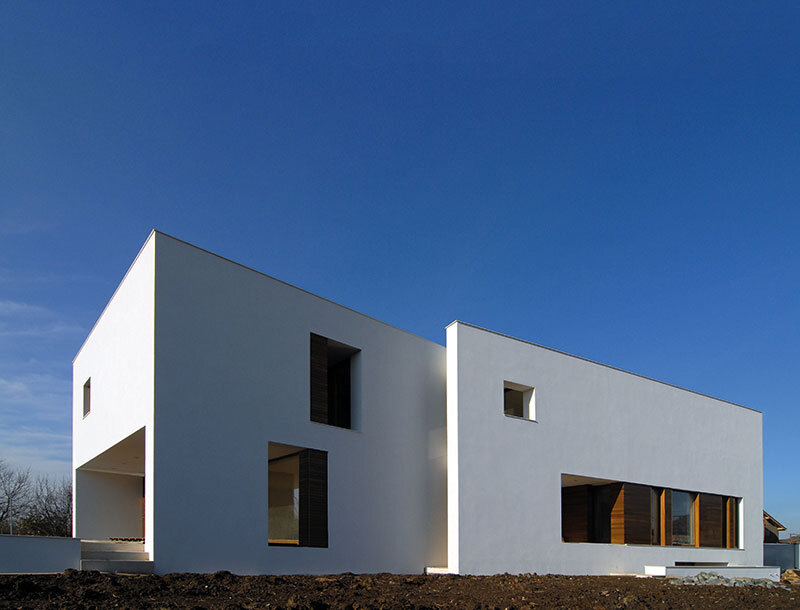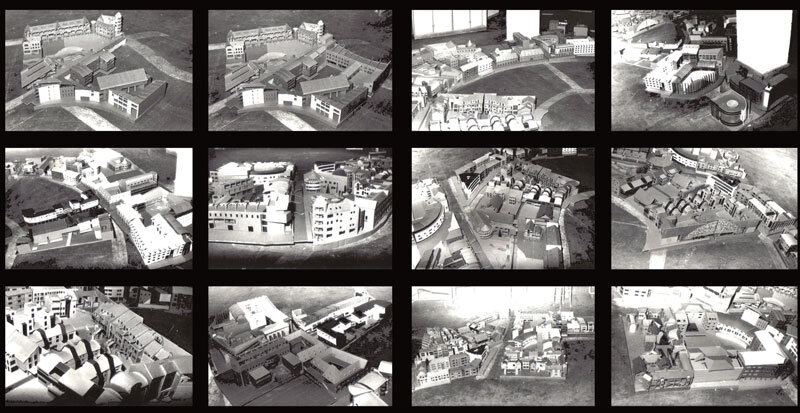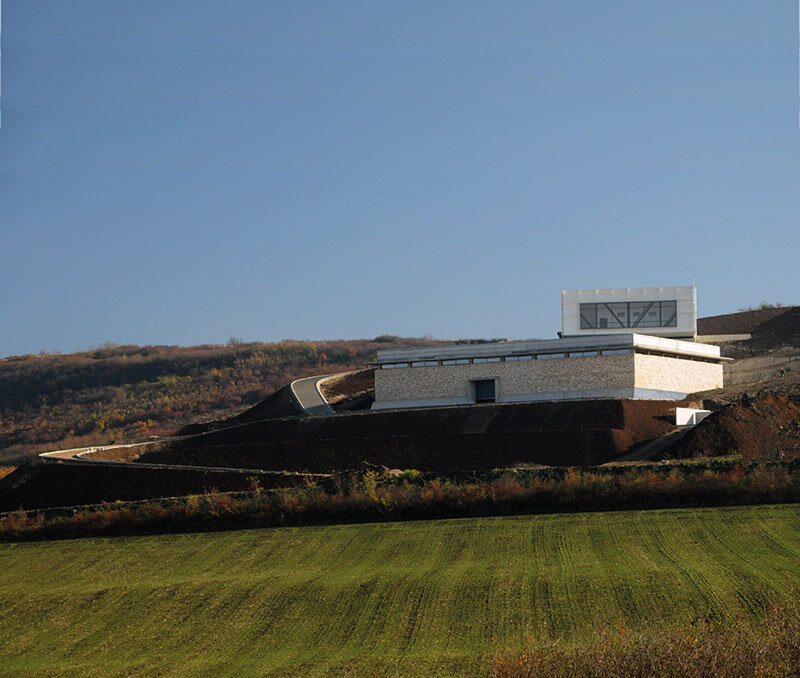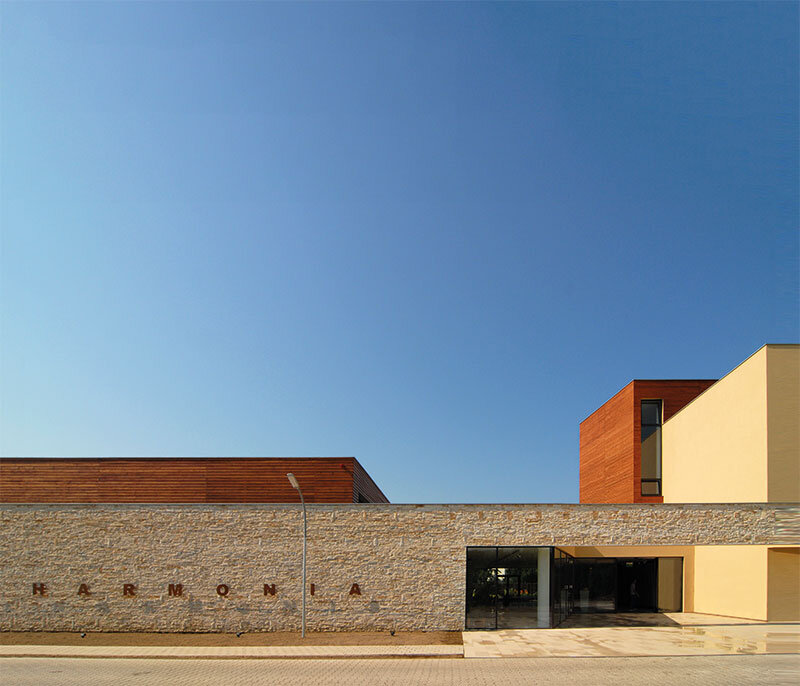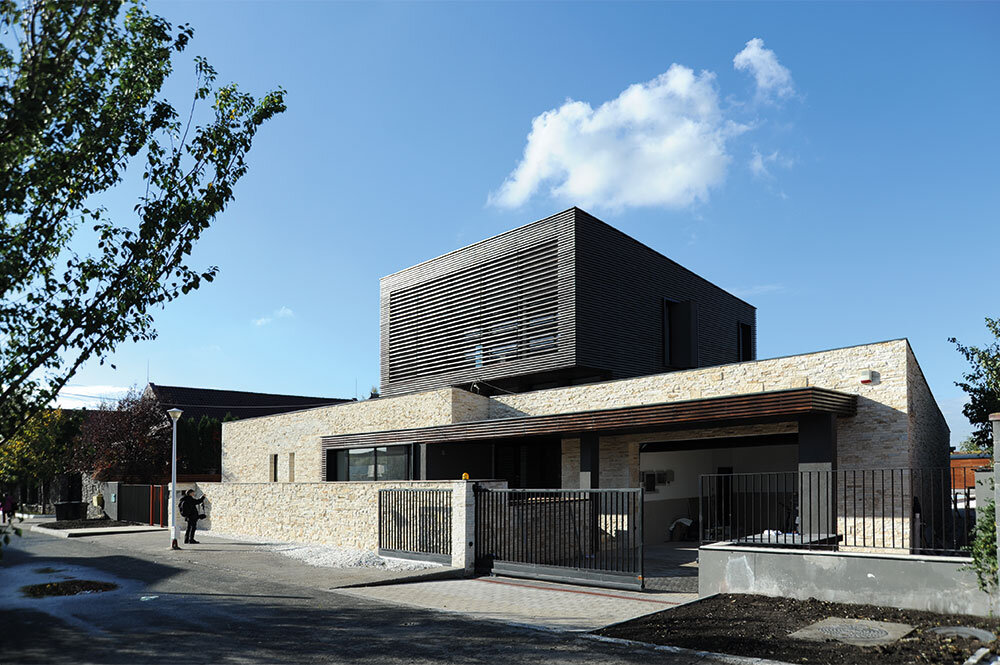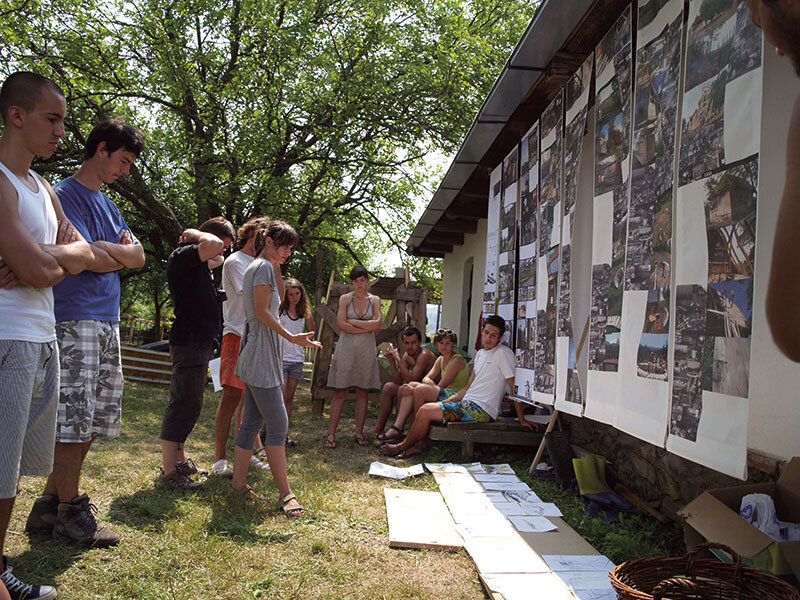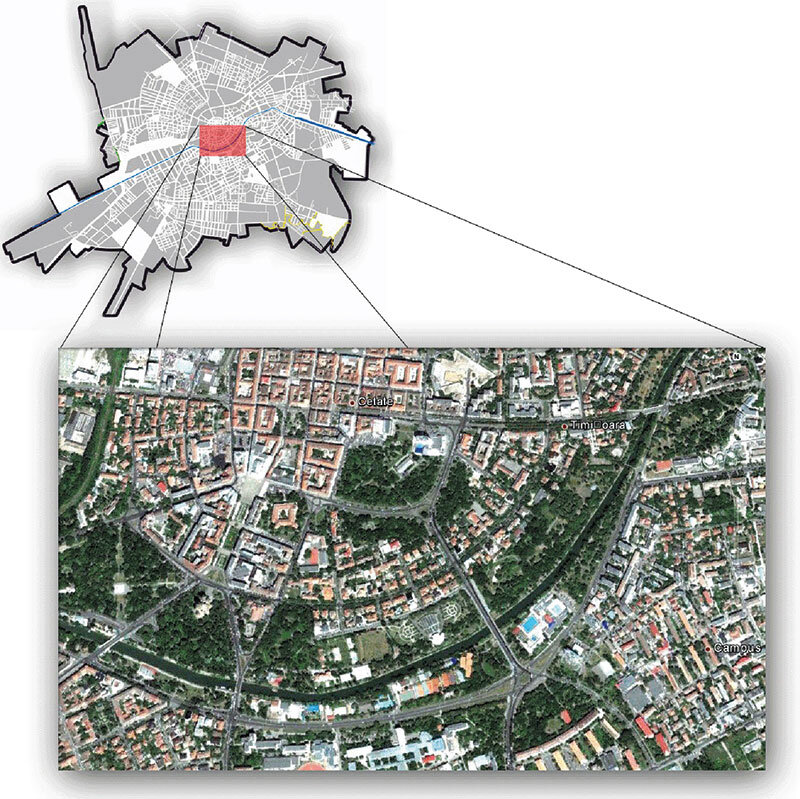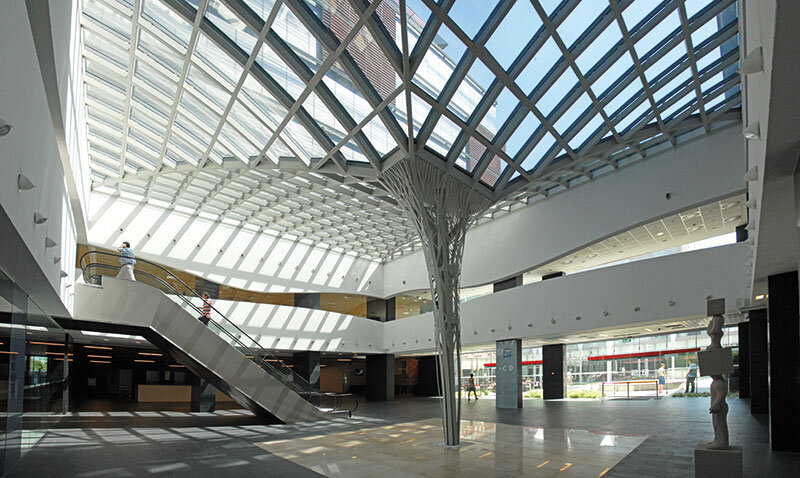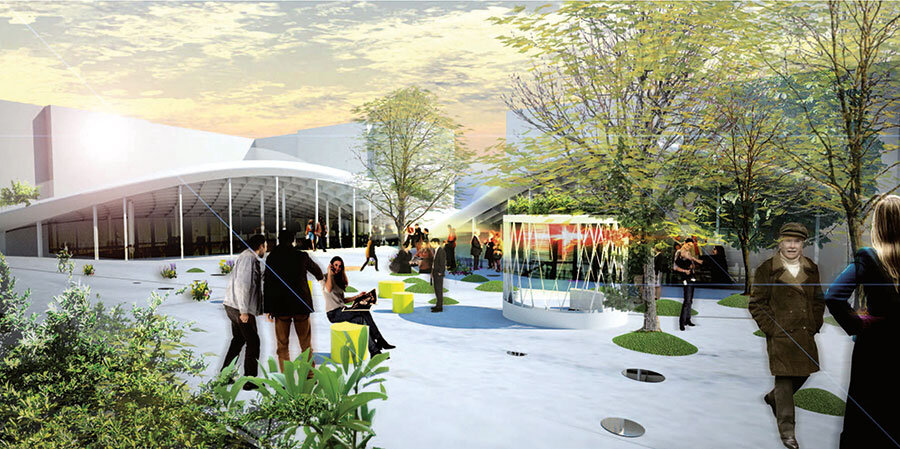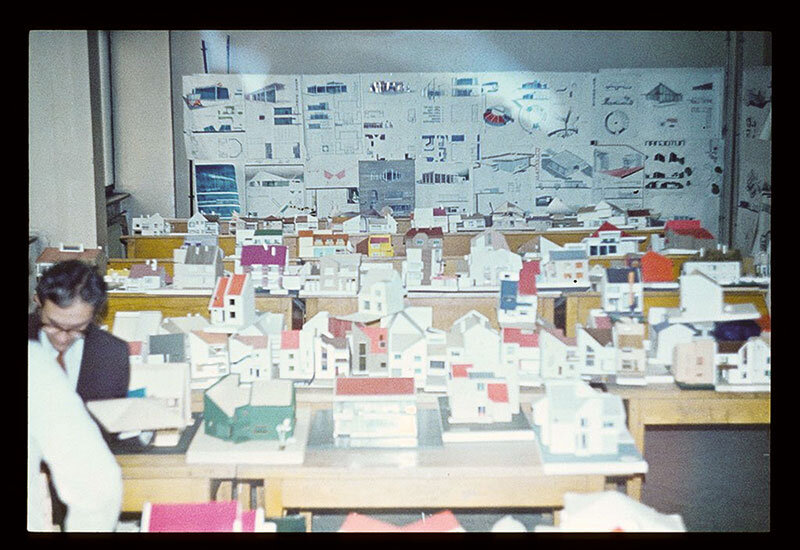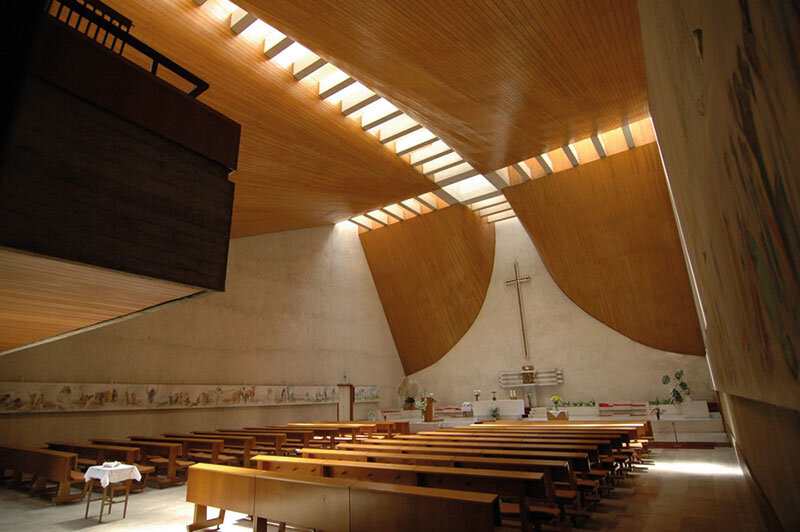
Timișoara PUG Strategies

"Is the old plan ready?
Let's see what we have left to do with it before we start the new one!"
Every 10 years, in our cities, the great mechanism of public procurement (a sign of a liberalized market) is set in motion, the necessary specializations are put together (in the form of stamps), alliances are made and unmade between specialists to meet the demands of specifications drawn up on the failures of the previous 10 years, cumulated with the strategic visions of European documents1 , assimilated at best as frontispiece slogans.
The general urban development plan as a service package awarded through a public procurement procedure has become standard in Romania, despite the fact that urban and spatial planning are among the few areas in which the directive on the liberalization of the Community market for services 2006/123/EG explicitly names the public interest2 and thus opens the prospect of a normal assumption of responsibility and prerogatives by the public authority in matters related to the above-mentioned areas. Any general urban plan is laden with the expectations and grievances of a decade. At least of a decade. As one citizen who came to a public debate asked: "Is the old master plan ready? Let's see what we have left to do with it before we start on the new one!". This is a fair question, given the chronic inability of public administrations in Romania to consistently follow through on strategic provisions and territorial planning3. This is the accumulation of decades-old expectations in the professional environment, which can often be, on top of that, wrong expectations, which risk bringing into the 21st century concepts and strategies born in the 70s and 80s of the previous century. On the other hand, we have the chance to avoid repeating the mistakes made by others in that period. Not to push road infrastructure to the detriment of the urban structure and pedestrians, not to limit costly territorial expansion4 in favor of a few, on the financial resources of all, not to give up built heritage (whether listed or not) in the name of false pragmatism.
Timisoara is faced with the attempt to increase the quality of life of its inhabitants while maintaining the economic attractiveness it has developed over the last decade, all against the backdrop of the trend of emigration of young and skilled workers, an unfavorable demographic trend at European level and a prolonged economic crisis. Against this backdrop, the municipality has defined two major objectives in the new Urban Development Plan, set out in sectoral strategies5 and developed in the Spatial Development Strategy accompanying (and preceding) the General Urban Plan. These are to increase the attractiveness of the city for investors, thus increasing its economic competitiveness in the face of fierce regional and international competition6 , and to increase the quality of life for its inhabitants, thus counterbalancing the negative birth rate by attracting new inhabitants. These two objectives are replaced in the spatial development strategy by a total of ten policies with an impact on the administrative and metropolitan territory. The programmes related to these policies are made up of intervention areas located on the basis of field analysis and analysis of economic indicators, operators in the areas concerned and the shortcomings identified, and a series of projects identified through public debates and consultation with local and regional stakeholders.
Read the full text in issue 1/2013 of Arhitectura magazine - Special Issue Timisoara
NOTES:
1. Backed by clear regulations and targets. Bird Protection Directive 79/409/EWG, Habitats Directive (96/42/EG), Plan UP Directive (2001/42/EG), Serveso II Directive (96/82/EG), Services Liberalization Directive (2006/123/EG), Renewable Energy Directive (2009/28/EG). All are producing or may produce effects in national legislation.
2. Which also means a call for the public authority to exercise its prerogatives in this respect.
3. I am also referring here to the approach to amend OUG7/2011 in order to reintroduce the possibility of derogations in urban planning with the visible effects of the last 20 years.
4. The German government has set a development target of limiting the change of use of land for the expansion of traffic infrastructure and building areas to 30 hectares per day by 2020. In 2003, the requirement was 105 hectares per day. From: Brückner, Berger, Luchmann, Tenz: Der demographische Wandel und seine Konsequenzen für Wohnungsnachchfrage, Städtebau und Flächennutzung, Leipzig Institut für Regionalentwicklung und Strukturplanung (IRS), 2007, p. 8.
5. Development Strategy; Strategic Concept for the Economic and Social Development of the Timisoara Area - 2000-2007; Local Strategy on Climate Change in the Municipality of Timisoara; Green Spaces Development Strategy of the Municipality of Timisoara 2010-2020, Integrated Concept of Measures for the Rehabilitation and Economic Revitalization of the Historic Districts of Timisoara, 2009.
6. IHS Romania (2010) reveals the geostrategic situation of the municipality in the regional context.



